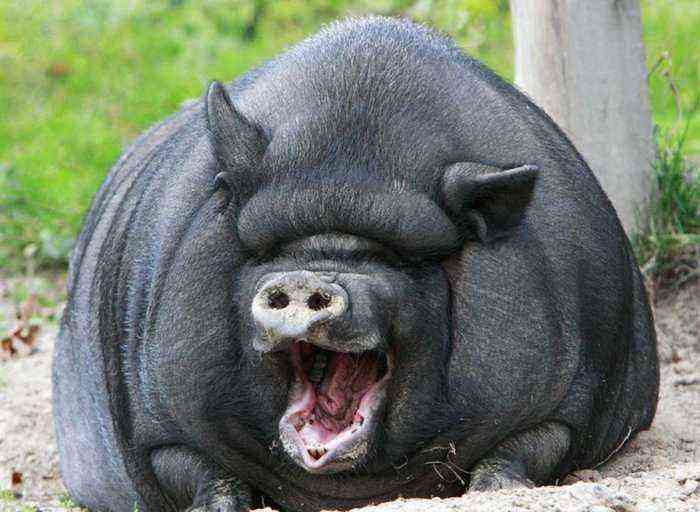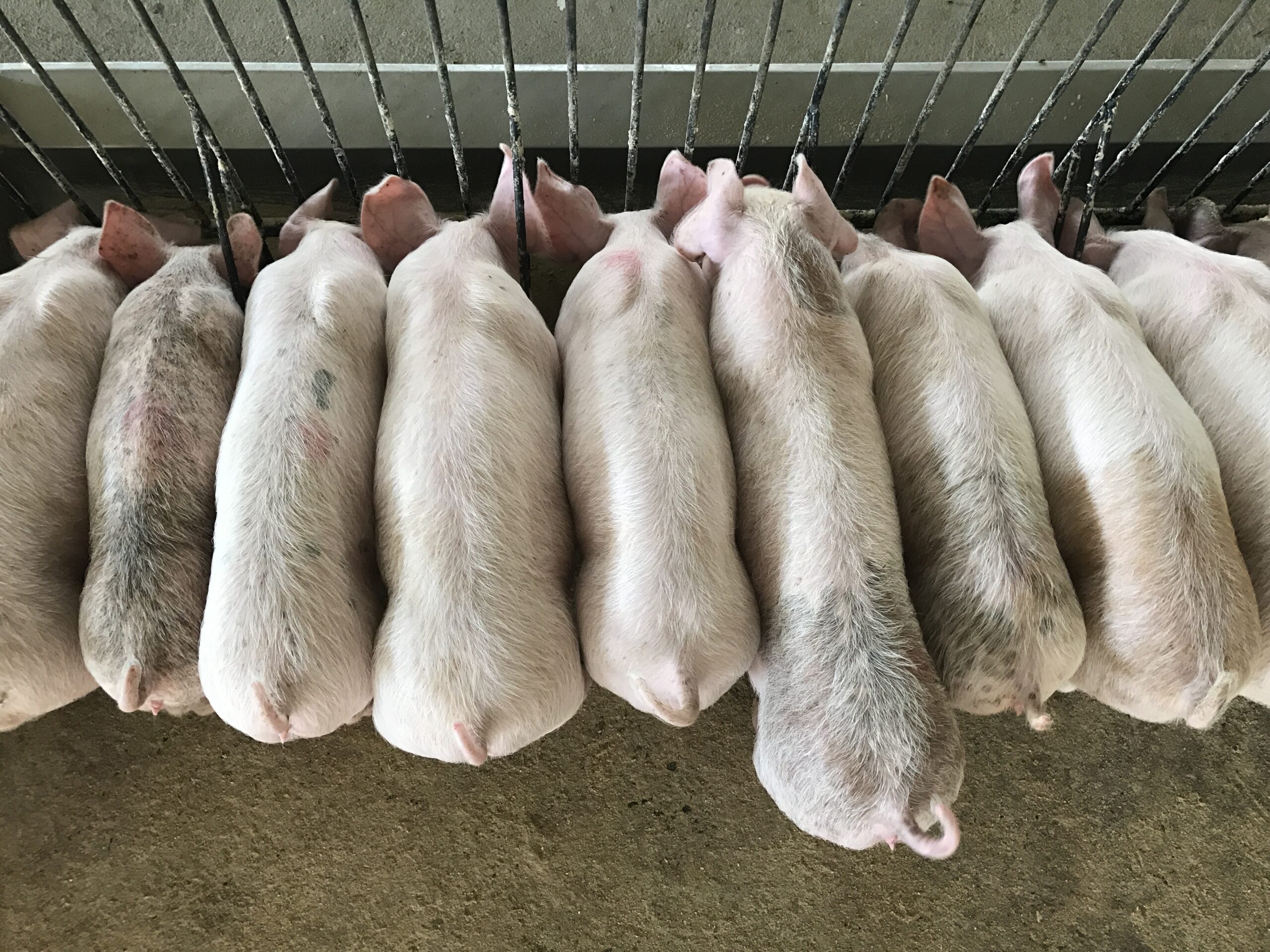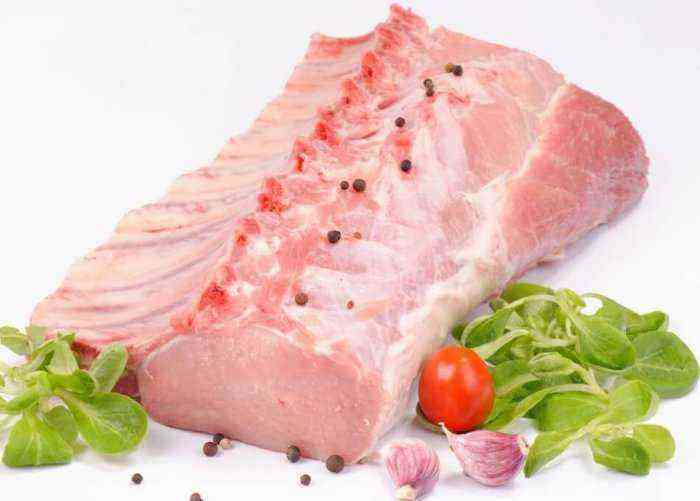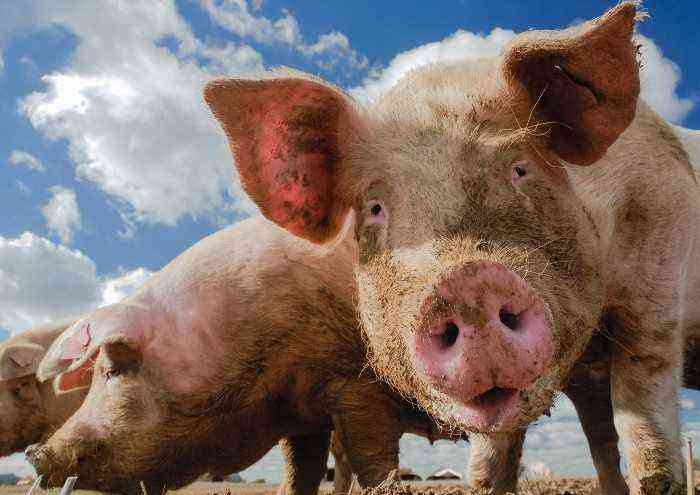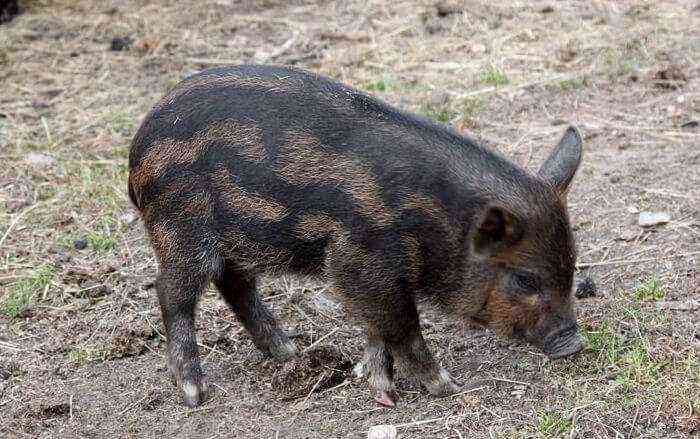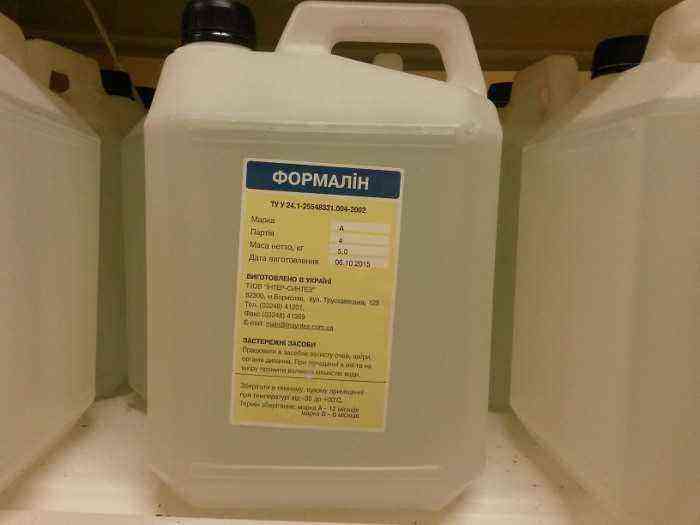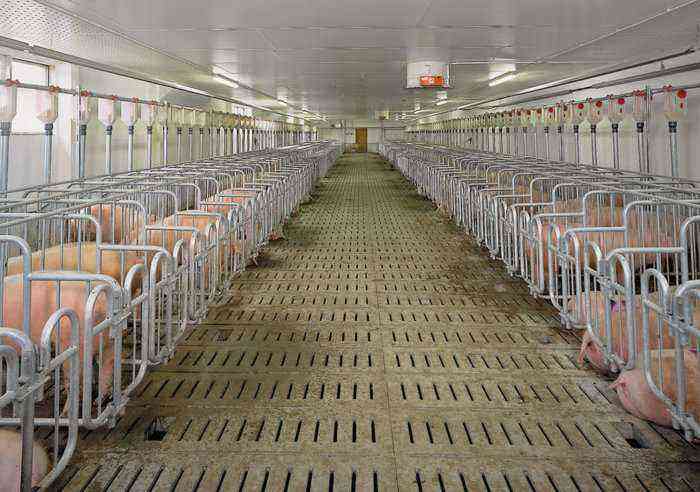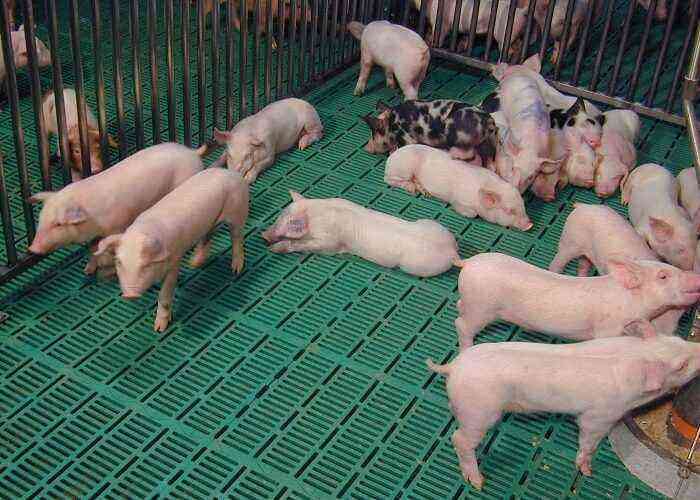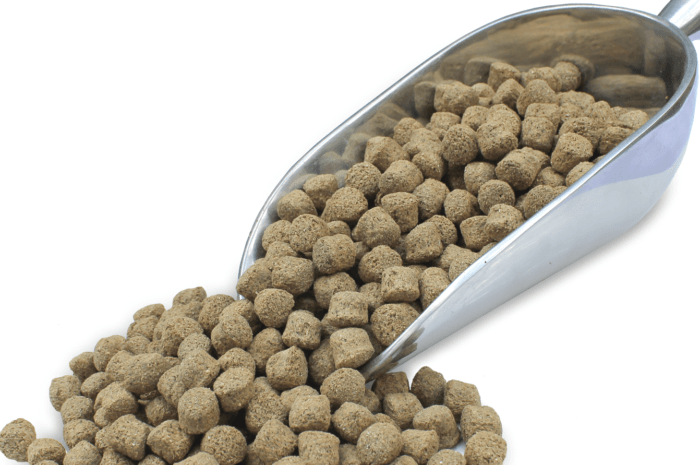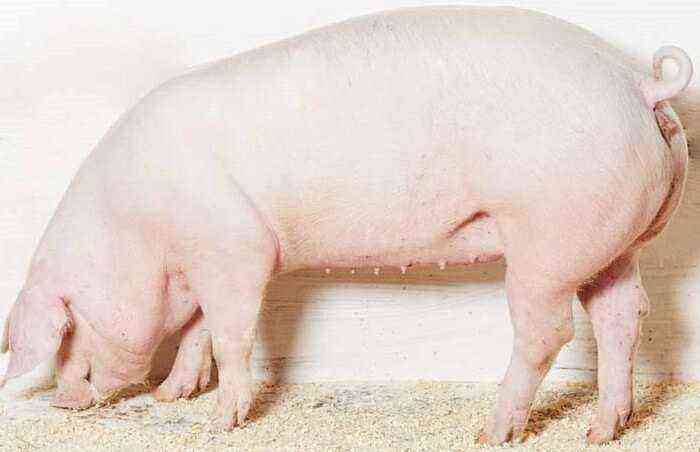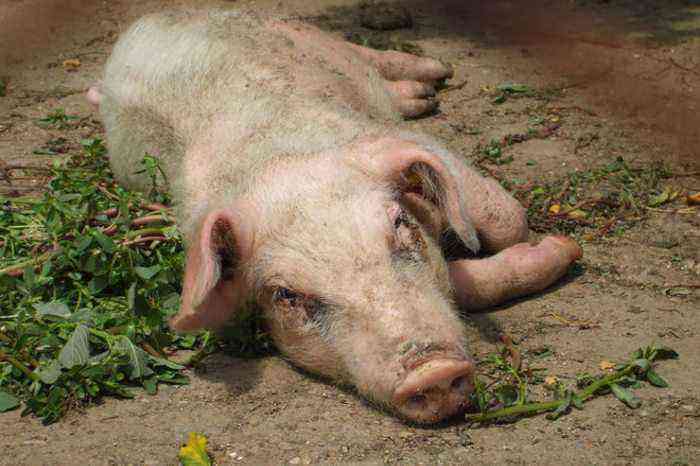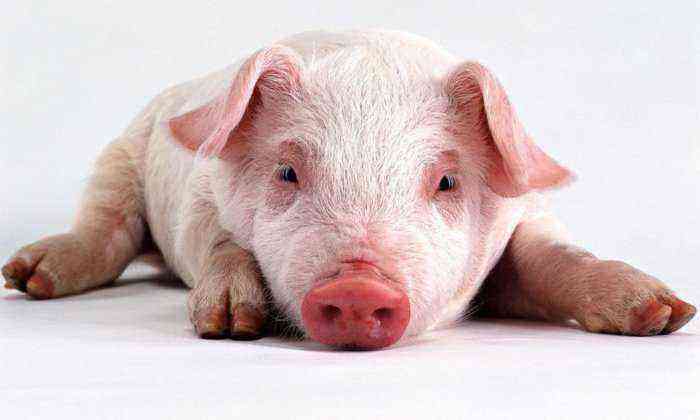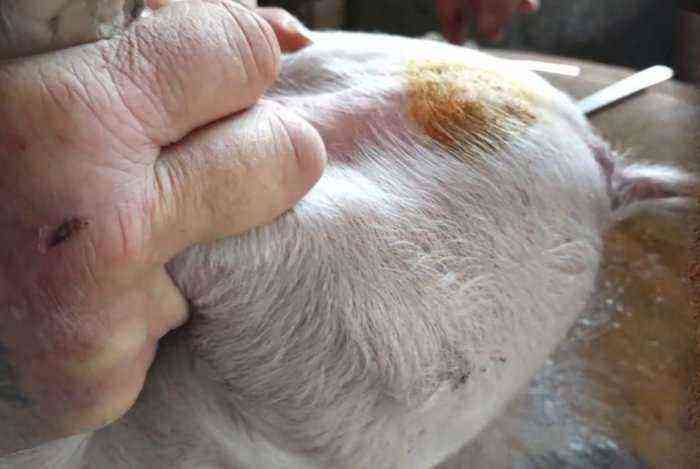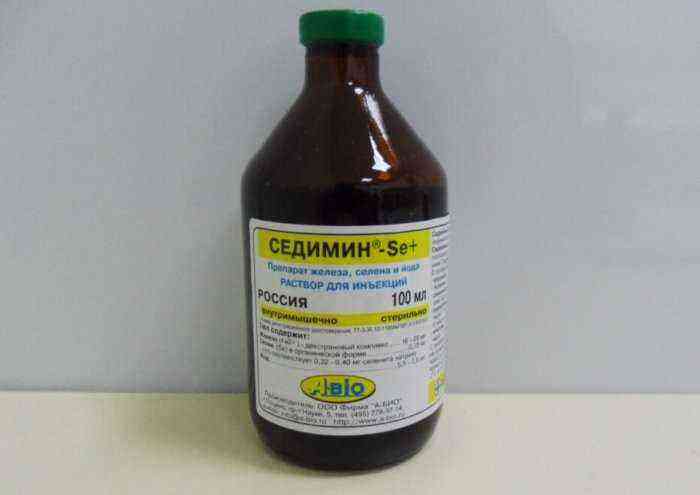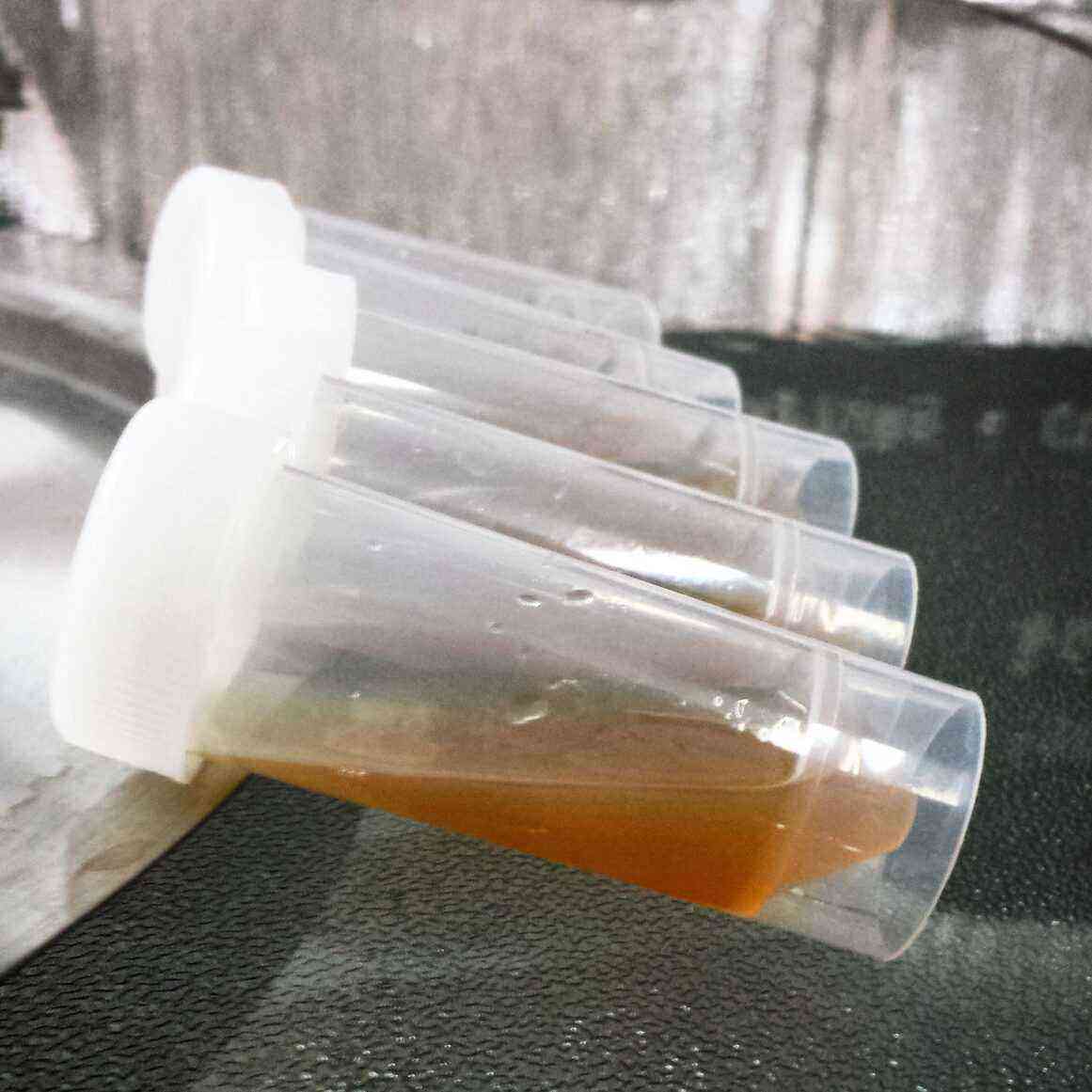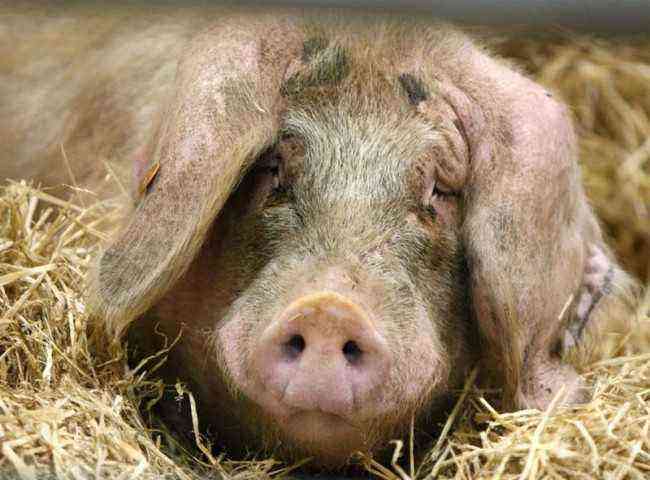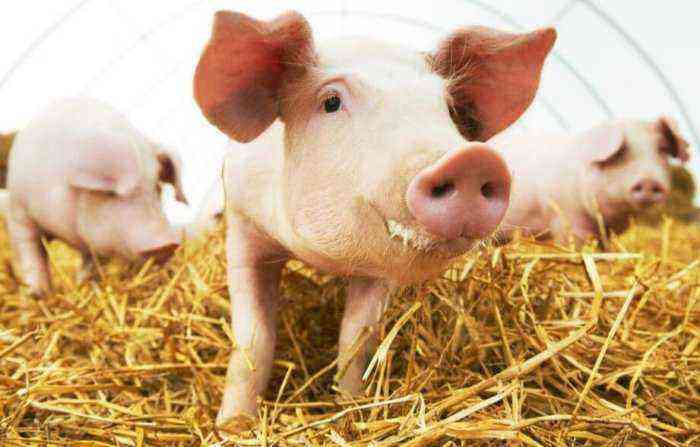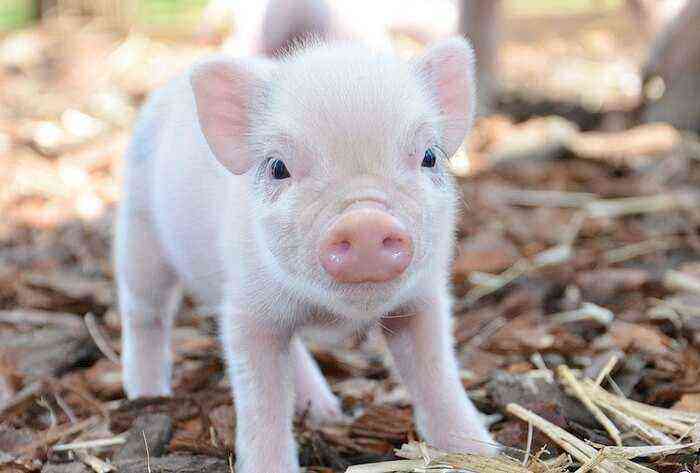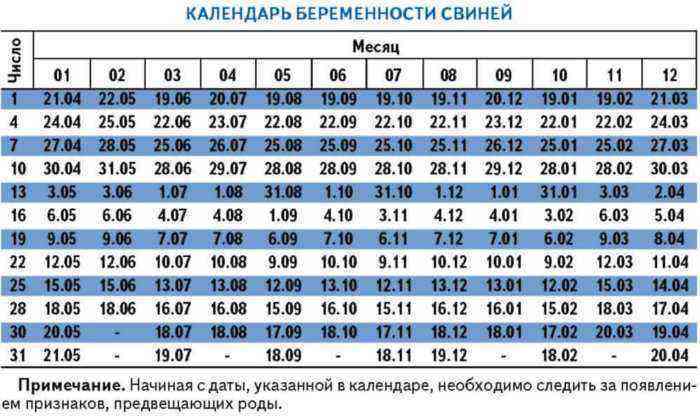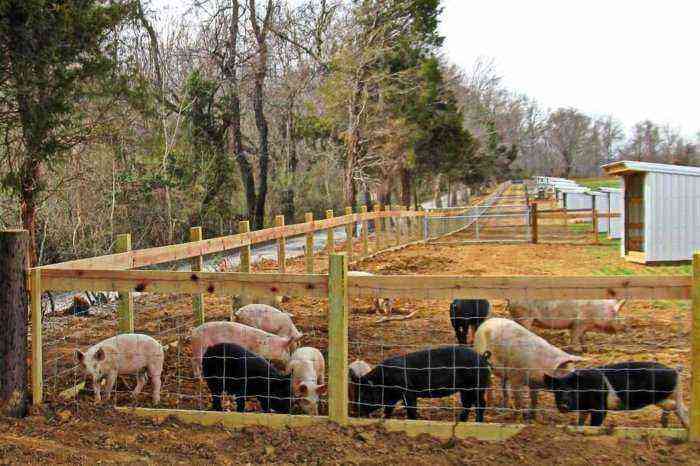Pig erysipelas is caused by an infection. Such a disease can occur in two ways: acutely or chronically. According to statistics, animals aged 3 to 12 months are most often affected, but the disease can also affect turkeys, lambs, pheasants and ducks.
The death of pigs from erysipelas
Attention! The person is also susceptible to this disease.
Description of erysipelas
The causative agent of swine erysipelas is a bacterium, which is called erysipelothrix insidiosis, while it can be of two types:
- straight;
- curved.
Any variety is resistant to various factors from the external environment, as well as to decay. In the organs of animals and in their corpses, the bacterium can live up to 1 year, in manure – 290 days, in excrement – up to 78 days. Infected meat cannot be neutralized by salting or long smoking, however, the sun and its rays can kill bacteria in 12 days, since they cannot fight high temperatures and disinfectants (most often they use a two-three percent solution of caustic soda or ten percent bleach) .
Important! The main source of transmission of the disease is an infected animal, so swine erysipelas is more often transmitted from animal to animal.
Experts also call meat and offal factors for the transmission of the disease. The bacteria can be transmitted by water, manure, soil, feed, objects with which animals were cared for, and so on. House flies carry the disease throughout a pigsty or into a small farm or village.

House flies carry disease
Various unfavorable factors, such as changing food, high temperature, high humidity, poor cleaning of the territory, poor animal care, increase the risk of erysipelas infection several times.
What is erysipelas in pigs?
The latent period most often lasts from 1 day to 8 days, it depends on the age of the pig, its fatness, and also on how exactly the infection entered the animal’s body. In this case, erysipelas in pigs can proceed in several ways:
- The least likely to occur is a fulminant course, usually the disease develops due to poor animal care and is manifested by an increase in the temperature of the piglet, it stops eating, weakness of the heart is manifested. In just a few hours, the animal dies.
- In an acute illness, the body temperature rises sharply, chills are noticeable, the animal also refuses to eat, drinks a lot, atony appears, constipation is replaced by loose stools, and conjunctivitis may develop. Some pigs add nausea and vomiting to the list. Blueness appears around the neck and belly, as the animal becomes difficult to breathe due to pulmonary edema. In some cases, pale spots appear on the skin of the piglet, which later acquire a bright scarlet hue.
- The subacute course is expressed in urticaria, the animal begins to weaken, fever appears, appetite disappears.
- A chronic course occurs after the pig has been ill with an acute form of the disease: the piglet is affected by the heart, skin necrosis and various joint diseases develop.
With any course of the disease, the animals begin to lose weight dramatically, as they refuse any food, the piglets grow and develop worse, the work of the heart is disrupted (the heartbeat becomes stronger). The chronic course can last up to several months, but this leads to either death or recovery of the animal.
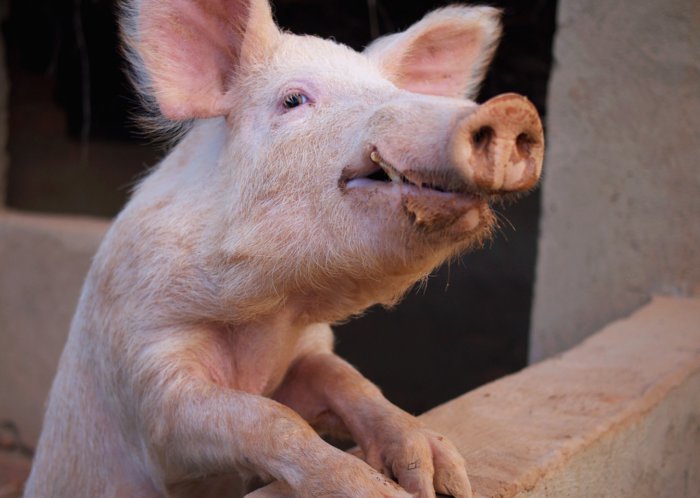
Piglet exhaustion
Vaccination
The erysipelas vaccine involves the use of several medical forms of vaccines. It should be noted that only healthy animals from the age of two months can be vaccinated: twice with a break of two weeks. Immunity after that remains resistant to the disease for six months, after which a new procedure is performed. In total, injections are given 2 times a year.
Treatment
Serum against swine erysipelas is one of the most effective treatments for this disease in animals. Together with her, the veterinarian can prescribe antibiotics that must be dissolved: 10 – 000 units per 20 kilogram of piglet weight are dissolved in serum. Babies suckers are injected with no more than 000 milliliters, gilts weighing up to 1 kg – up to 10 milliliters, and already heavier animals are treated with the serum itself in a volume of up to 50 milliliters.
Therapy should be carried out 2 times a day until a complete cure, often it takes no more than 4 days. At the same time, the veterinarian prescribes additional medications, since the disease affects the functioning of internal organs (pills to improve the functioning of the heart and gastrointestinal tract).
Pigs that have undergone full treatment can be returned to the common pigsty, however, before that, they are disinfected with the skin and each limb. After vaccination of healthy pigs and treatment of sick pigs, at least 10 days must pass in order to return them to the common pigsty.

Vaccination of healthy pigs
Prevention
In order to prevent the disease, you just need to follow a few simple rules of animal hygiene:
- proper and good nutrition;
- timely cleaning and disinfection of the pigsty;
- the farmer is obliged to monitor the temperature and humidity in the pigsty;
- when transporting, use only the vehicle that has been disinfected after transporting other animals.
Conclusion
To avoid infection, it is necessary to take care of animals, systematically clean manure, fight rats and midges that can carry the disease. However, the main prevention is the timely vaccination of small piglets at the age of 2 months. Any animal, like a person, requires good care, clean keeping and pleasant living conditions, the only way to avoid infection is not only erysipelas in pigs, but also other unpleasant diseases, eliminate the death of pigs and reduce the cost of their treatment.



